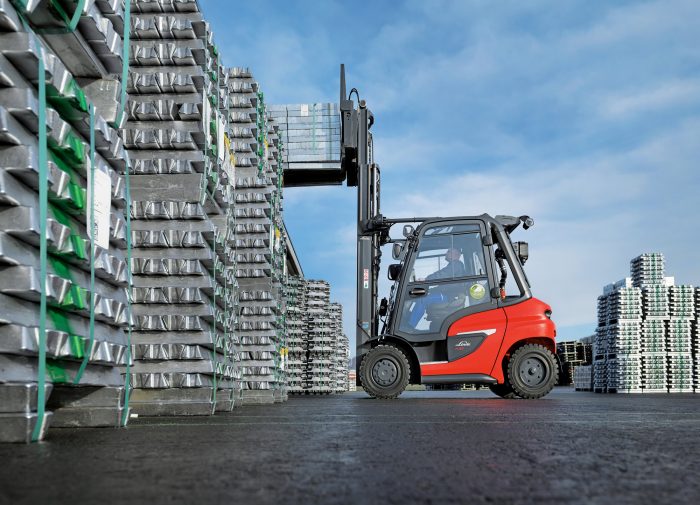Linde MH: Significantly reduce greenhouse gases with alternative diesel

Fleet operators using diesel trucks from Linde Material Handling (MH) can now reduce their CO2 emissions by up to 90 per cent with fuel made from hydrogenated vegetable oil (HVO). The fossil-free fuel also provides extra engine power, burns cleaner, requires no tank infrastructure adjustments and can be blended with regular diesel.
HVO diesel is made from one hundred percent renewable feedstock and releases no new carbon dioxide into the atmosphere. It is produced through hydrogen treatment from various vegetable oils, animal fats and waste and residues, such as used cooking oils and fats from restaurants and the food industry. Its chemical structure is almost identical to that of conventional diesel and can therefore replace it completely. “By releasing this fuel for the engines of our diesel trucks, we are giving our customers the chance to massively reduce the carbon footprint of their diesel trucks without having to invest a single cent in additional infrastructure,” says Frank Bergmann, Senior Product Manager Counterbalanced Trucks. The cost per litre of HVO diesel, the expert adds, is somewhat higher than standard diesel. But this is offset by the improved sustainability on the plus side.
HVO scores with numerous advantages
In addition to reducing CO2 emissions by up to 90 percent compared to conventional diesel, local emissions such as particulate matter, nitrogen oxide (NOX), hydrocarbons (HC) or carbon monoxide (CO) are also reduced, which has a positive effect on the working environment of employees. In addition, the HVO diesel has a higher ignition willingness (cetane number), which results in efficient and clean combustion and reduces soot formation in engines and exhaust systems. The high performance even at low temperatures down to -22 degrees° Celsius opens up a wide range of applications. Last but not least, a convincing argument is the possibility of flexibly blending HVO: The fuel can be used in pure form or in any mixing ratio with fossil diesel and requires no hardware adjustments to the truck.
Linde MH has approved the biofuel for both the current and most predecessor series in the payload range from 1.4 to 18 tonnes. “All customers who are unable to switch to electric trucks in the short term can improve their carbon footprint with HVO,” says Bergmann.
For more information, please visit: https://www.linde-mh.com/en/
News Categories
- » NEWS HOME
- » Automation & Robotics
- » Industry 4.0
- » Material Handling
- » Sensors
- » Quality & Testing
- » Machine Vision
- » Laser & Optics
- » Metalworking
- » Motion Control & Drives
- » Hydraulics & Pneumatics
- » Process Industry
- » Renewable Energy
- » Agriculture
- » Home & Office Furniture
- » Environmental Tech



